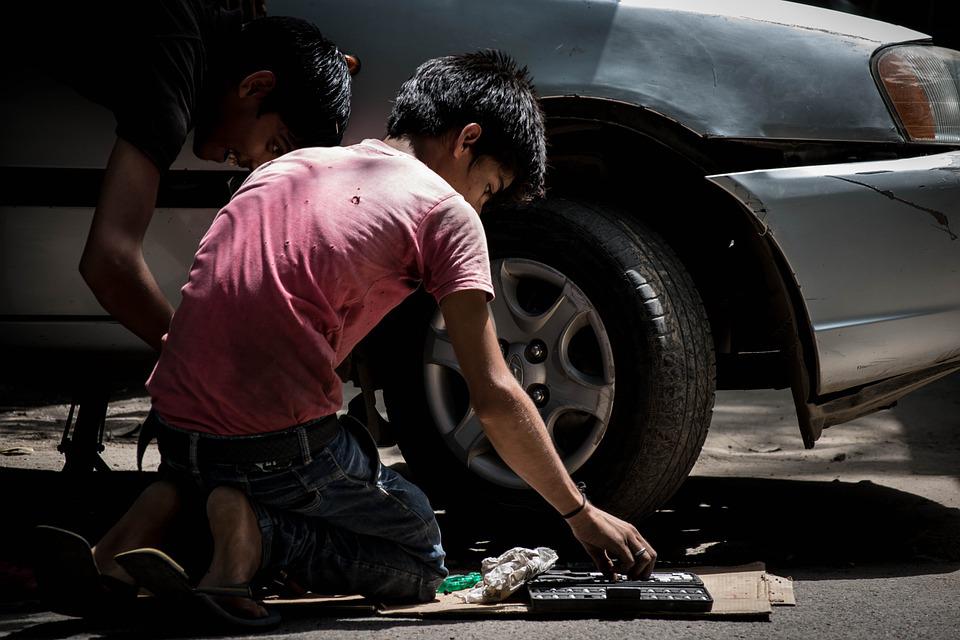 Child Labour
Child Labour
Perception gaps major stumbling block in combatting child labour: CRY
New Delhi:A little less than half of the people (45 per cent) believe that it is okay for children to work to support their families as long as they continue going to school, while close to 40 per cent (37 per cent) think that money earned by children is essential to running the household, reveals a rapid assessment conducted by Indian NGO CRY – Child Rights and You.
On the other hand, 45 per cent of the people answer in the negative, when asked if taking the help of children for a family business, cattle rearing, or agriculture work should be considered as child labour. However, a whopping 86 per cent of the people do agree with the fact that child labour practices have increased in the country after COVID the pandemic.
These and many other startling facts on how the society perceives child labour, have been revealed by a rapid assessment conducted by CRY – Child Rights and You. As the country gears up to celebrate World Day against Child Labour on 12th June, volunteers of CRY – Child Rights and You conducted a Rapid Assessment of 3770 individuals aged 18 and above from across the country, to find out and understand their perceptions of the bane that is child labour.
“While many of the responses reflect a healthy understanding of the issue and its long-term ramifications, quite a few of the findings are thought-provoking and are genuine matters of concern, commented Trina Chakrabarti, Director, Volunteer Action, CRY – Child Rights and You.
Highlighting the fact that there are various assumptions and misconceptions surrounding child labour which need to be dispelled, Trina said, “Lack of mass awareness, among other things, being one of the biggest stumbling blocks in addressing the issue of child labour, the objective of the study was to assess and introspect the perception, knowledge and attitudeof India’s people on the same.”
“Prime-moved and conducted by the CRY volunteers, this rapid assessment survey has also provided an opportunity to them to interact with respondents and gather their perspectives on children who are engaged in labour,” Trina added.
According to the findings of the rapid assessment, a sizeable 17 per cent of the respondents don’t know what to do if and when they spot a child working as a labourer. 79 per cent of respondents said that they would contact the authorities or an NGO if they notice a child labourer, but the rest were unsure of what they would do.“These findingsare reasonably good indicators behind the under-reporting of cases related to child labour,” Trina commented.
Asked whether children should be allowed to contribute in family-run holdings or operations as long as they continue to go to school, 45 per cent of the respondents replied in agreement.
When asked if they are aware of any existing law or act which prohibits the employment of adolescents (aged 14-18) in hazardous occupations and processes, 33 per cent of respondents said yes, while 36 per cent said they are aware of the law but have no idea of the occupations defined as hazardous and 31 per cent said that they are unaware of any such law.
“The responses to the above questions clearly point to the widespread confusion and lack of awareness prevailing in the minds of the people about the child labour laws in the country, Trina explained.
How many child labourers are there in the country, as per latest data? The answer to the simplest and most straightforward question threw up quite an unexpected answer – 77 per cent of the respondents grossly underestimate the prevalence of child labour in the country, while the rest were close to the right answer.
As per the latest Census data (2011), the total child population in India in the age group (5-14) years is 259.6 million. Of these, 10.1 million (3.9% of total child population) are working, either as ‘main worker’ or as ‘marginal worker’.
“We believe that it’s high time to pause and take a relook at where the malady lies. To prevent and end child labour, one has to first know and understand what child labour is, and also the related laws in the country. Awareness about the issue has to be increased, and mindsets have to change,” Trina concluded.
Support Our Journalism
We cannot do without you.. your contribution supports unbiased journalism
IBNS is not driven by any ism- not wokeism, not racism, not skewed secularism, not hyper right-wing or left liberal ideals, nor by any hardline religious beliefs or hyper nationalism. We want to serve you good old objective news, as they are. We do not judge or preach. We let people decide for themselves. We only try to present factual and well-sourced news.







